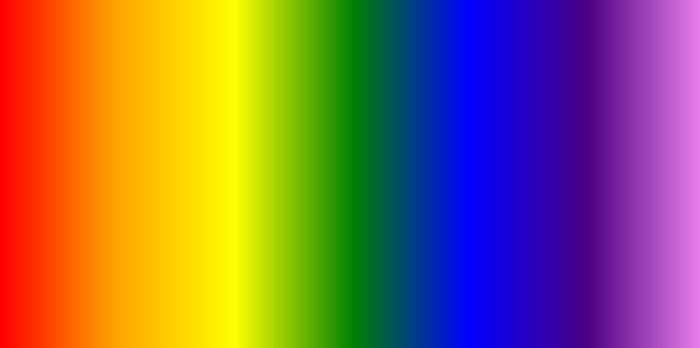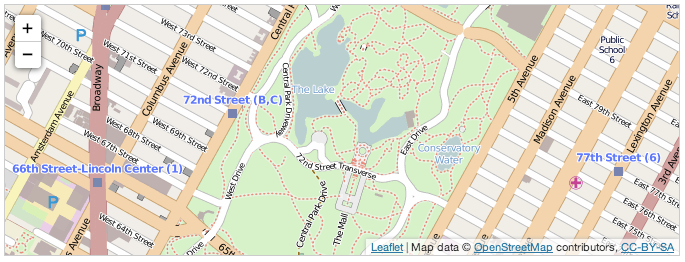“All that’s bright must fade, the brightest still the fleetest; All that’s sweet was made but to be lost when sweetest.” ― Thomas Moore
It used to be when you wanted a nice simple gradient background for your page, the process looked like this: Step 1) fire up Photoshop; Step 2) use the Gradient tool to fill the canvas with a horizontal or vertical gradient; Step 3) crop canvas into a as-small-as-possible slice (often 1px high or 1px wide); Step 4) export .gif or .jpg graphic; and so on. I’m leaving off the rest of the steps, because you either remember how to do it from past experience, or you’ll never need to know how to make a gradient that way thanks to the awesomeness of CSS gradients. Let’s take a look at what they can do! Continue reading “CSS gradients: basic to advanced”



